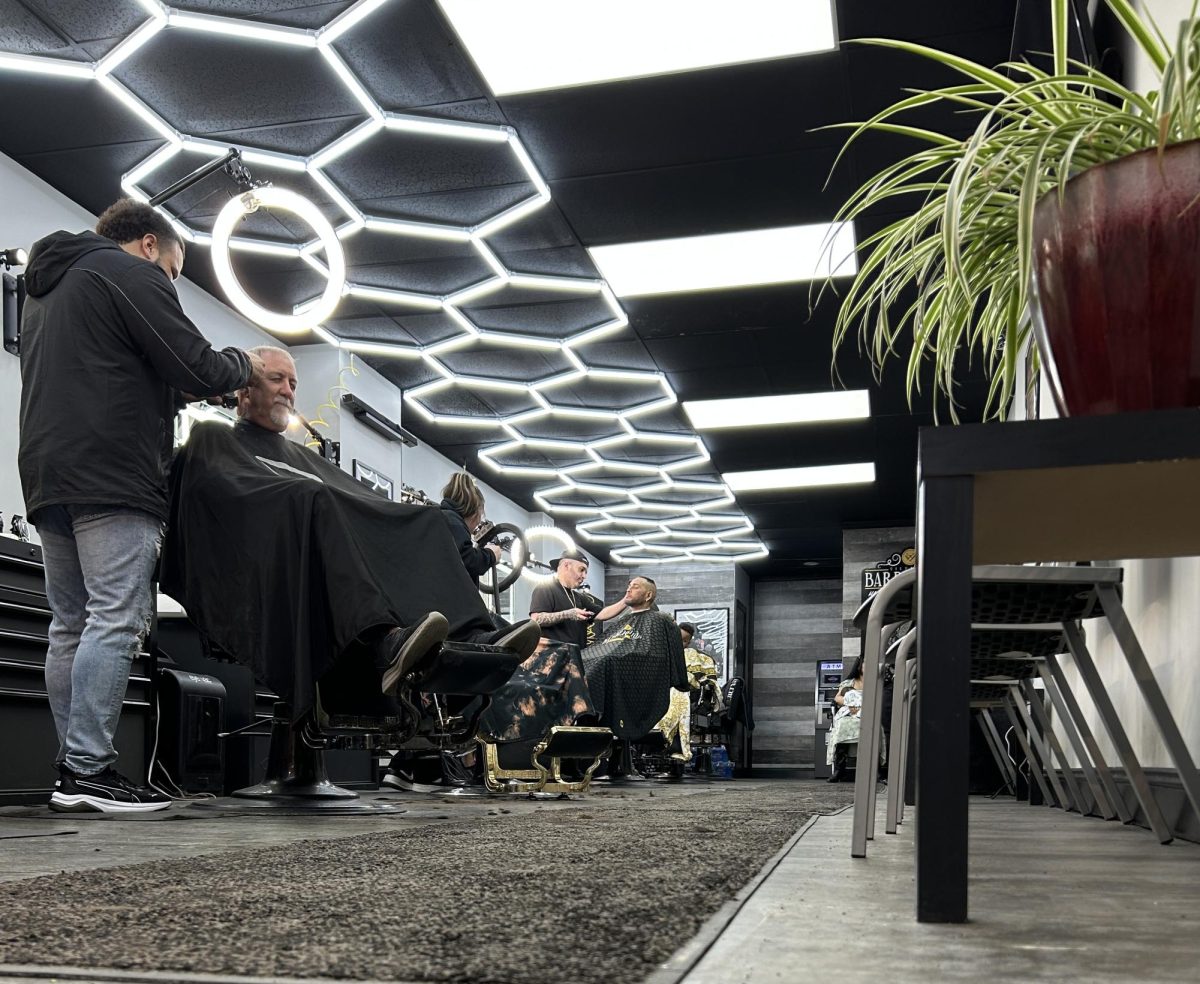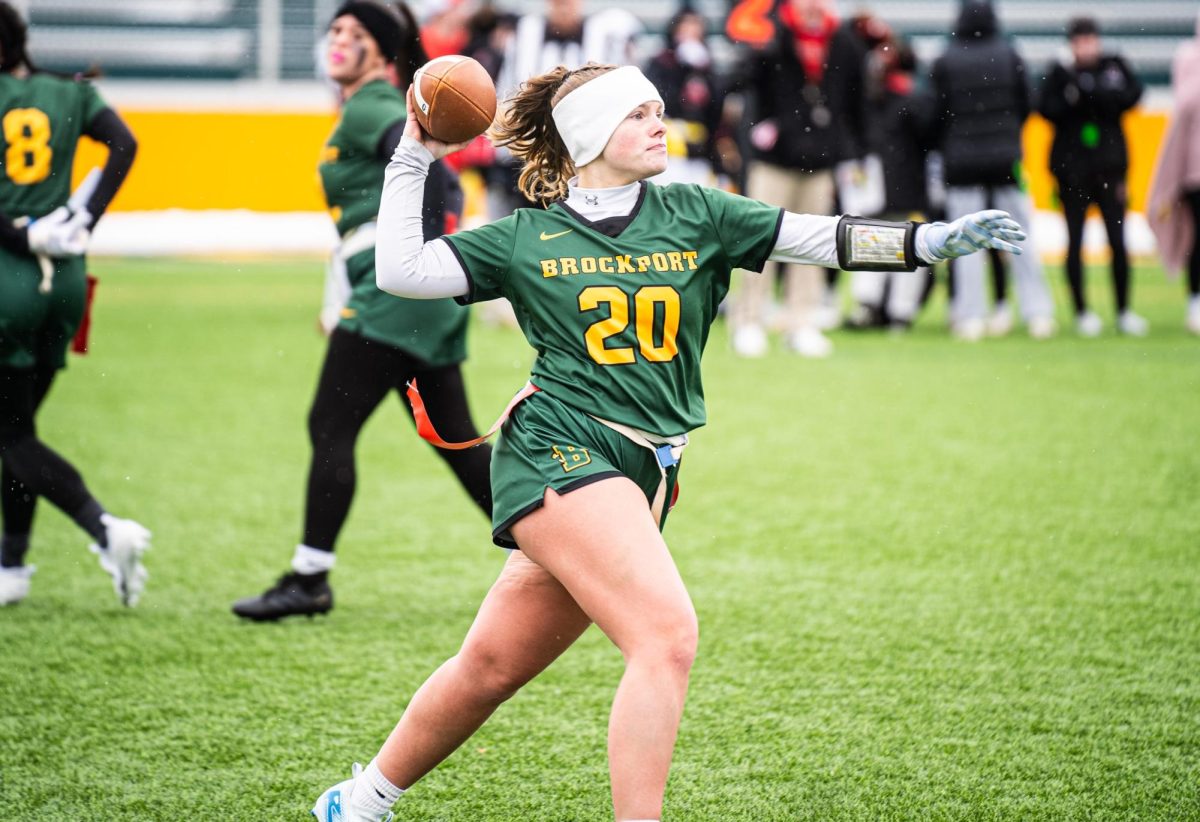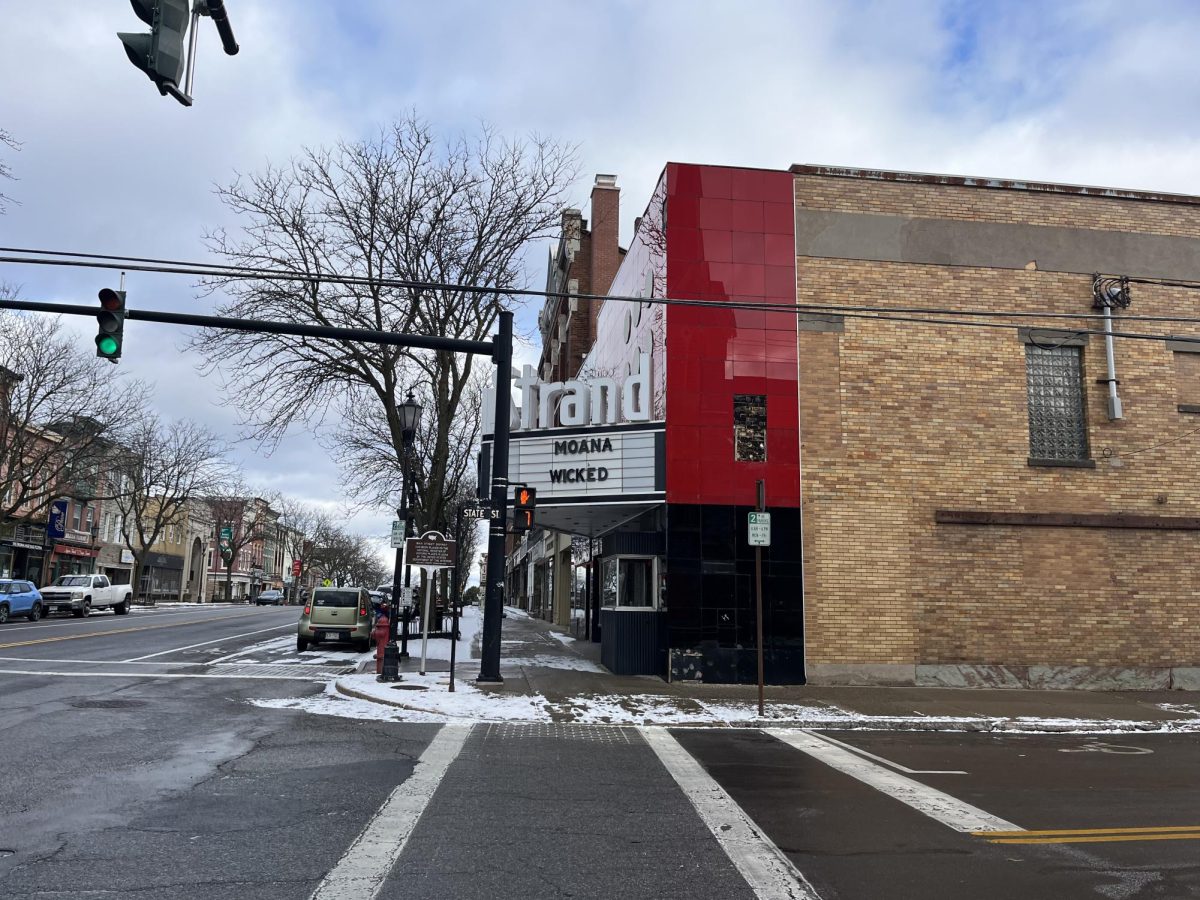
For many, a college acceptance letter is a ticket to freedom. This is not the reality that many students of color face as they choose to attend a primarily white institution (PWI).
Primarily white colleges across the nation boast their diversity rates, while many of these institutions do not have the correct mental health resources that are needed by minorities on campus. A study conducted by the Journal of Adolescent Health found that students of color are more likely to have unmet mental health issues than their white counterparts.
Students that find themselves in the racial minority are often subjected to various microaggressions and ignorance as colleges turn a blind eye to the injustices happening.
Nayomi Labrador, a student at SUNY Binghamton, has been a direct witness to her institution justifying racist acts.
“The code of conduct only mentions race under a protection from harassment in one line. Recently the assistant vice president for diversity for the schools only diversity resource, the multicultural resource center, said in an email defending a racist student harassing a TA that ‘everyone has the right to be racist’,” Labrador said.
19-year-old Labrador says that as a biracial woman she finds it difficult not to stand out on a campus that is more than 50% white.

“In classes I’m usually one of a few kids of color, I would say that I stick out like a sore thumb,” Labrador said.
For Aileen Morales, a sophomore at SUNY Brockport, the transition from living in a primarily Hispanic community to a college that is more than 80% white was not an easy one.
“Not seeing specifically Hispanic people was an uncomfortable feeling. After coming from a more liberal area to that of a more conservative environment, it forced me to choose between my identity as a Mexican to a more Americanized version of myself,” Morales said.
Morales, a Mexican American, was faced with a decision that many students of color have to make: assimilate or face the consequences.
These consequences come in many forms, many students of color during their time at a PWI will fall victim to a hate crime. The National Center for Education Statistics reports that in 2017 three-fourths of hate crimes that happened on college campuses were motivated by race, religion, or sexual orientation. The three most common hate crimes reported by institutions that same year were damage, destruction, and vandalism.
In addition to the constant threat of hate crimes and forced assimilation, many students of color feel as if academically they are not supported in the same ways as their white counterparts.
“I’ve felt as though many of my professors gave up on me the moment they saw me. I felt mostly just like another face, and rarely was checked in on,” Morales said.
Retention rates for students of color, specifically African American students are dramatically lower than their white peers. Retention rates are effected by various factors including compositional diversity. Students are more likely to remain at an institution that they feel they belong at and finding a group of peers with the same cultural values directly contributes to that feeling of belonging.
“Brockport isn’t at all diverse, I came from a town with a population that was around 27% Latino, to one that was less than 10% which made me feel like I had a target on my back,” Morales said.
Students of color will continue to face feelings of insecurity both academically and socially if PWIs do not intervene and create the reforms necessary to support their minority students.



























